Location and Overview
The Chenab Bridge is located in the Reasi district of Jammu and Kashmir, India. It stretches across the Chenab River, a major tributary of the Indus River, and connects the towns of Bakkal and Kauri. It is part of the ambitious Udhampur–Srinagar–Baramulla Rail Link (USBRL) project, which aims to provide seamless railway connectivity to the Kashmir Valley, one of the most challenging terrains in India due to its steep mountains and seismic activity.
Engineering Marvel
- Arch Structure: The bridge features a gigantic steel arch that helps distribute the load evenly across the valley.
- Construction Method: It used the incremental launching method, where steel segments were built out from both sides and joined at the center.
- Precision Engineering: It used GPS, wind tunnels, and laser monitoring for alignment and stability during construction.
- Foundation: The bridge’s foundations are set in hard rock to withstand extreme seismic forces and high wind pressure.
- Safety Features:
- Blast-proof steel and concrete to prevent sabotage.
- Sensors and monitoring systems are used to detect any structural changes.
- Designed to allow safe evacuation in emergencies.
Description
Year | Milestone |
|---|---|
2003 | Bridge included in USBRL project |
2008–10 | Construction pause for design revision |
Nov 2017 | Pier construction complete |
Apr 2021 | Steel arch closure achieved |
Aug 2022 | Structural completion and inauguration |
Jun 2024 | Trial train run commenced |
Jun 6, 2025 | Bridge inaugurated for regular rail services by PM Modi |
Organizations Involved
- Indian Railways – Overall ownership and planning
- Konkan Railway Corporation – Project execution
- Afcons Infrastructure Ltd. – Main contractor
- DRDO (Defence Research & Development Organisation) – Provided a blast-proof design
- Shapoorji Pallonji Group – Parent company of Afcons
Purpose and Importance
- Connectivity: Forms the lifeline between Kashmir and the rest of India by rail.
- Military Logistics: Essential for the fast movement of troops and supplies in the border-sensitive region.
- Tourism Boost: Expected to increase footfall in Jammu & Kashmir once passenger services begin.
- Economic Growth: Enables trade, employment, and access to goods and services in remote Himalayan villages.
- The arch was built using cable cranes—the first time such a method was used in India at this scale.
- Wind tunnels were used to test the aerodynamic behavior of the bridge.
- Designed to last 120 years with minimal maintenance.
World Record: Highest railway arch bridge, standing 359 m (1,178 ft) above the riverbed—35 m taller than the Eiffel Tower
Total Length: 1,315 m, including 17 spans
Main Arch Span: 467 m linear (550 m curvilinear)

- Train Speed: Maximum permitted speed 100 km/h
- Chenab Bridge Cost: ₹1,486 crore (~US$ 180 million)
- USBRL Project: Entire 272 km route costs ₹43,780 crore; includes 36 tunnels (119 km) and 943 bridges
· Airstream: Passengers on flights are alerted to take photos—pilots even mention it mid-flight.
· Engineering Pride: The bridge stands as a testament to India’s innovation—built in extreme conditions, at record-breaking heights, by a diverse team of engineers and experts
Who is Dr G Madhavi Latha?
- Position: Professor at the Indian Institute of Science (IISc), Bengaluru, and Chair of the Centre for Sustainable Technologies
- Academic Credentials:
- BTech (Civil Engg.), Jawaharlal Nehru Technological University, Hyderabad (1992)
- MTech (Geotechnical Engg.), NIT Warangal (Gold Medallist)
- PhD, Geotechnical Engg., IIT Madras (2000)
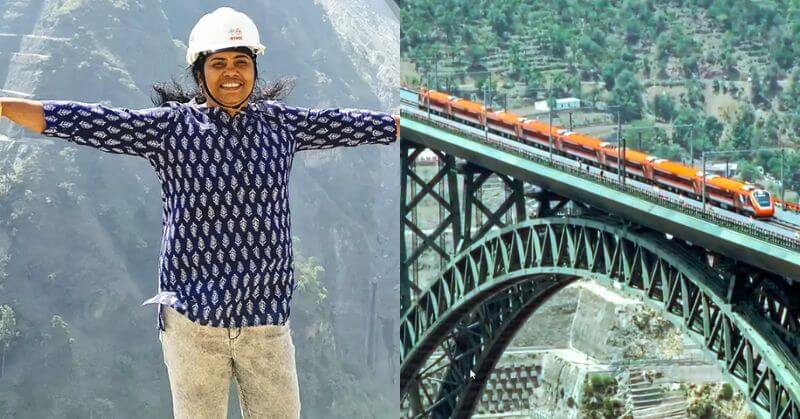
🔧 Her Role on the Chenab Project
- Core Engineer (17 years): Held a leading role in slope stability, foundation design, seismic analysis, and addressing geological constraints. Repurposed Himalaya's toughest terrains with her “design-as-you-go” strategy .
- Trailblazing Leadership: First woman engineer to lead major geotechnical design on a superstructure of this scale, overcoming extreme weather, steep slopes, and altitude challenges.
🏅 Awards & Recognition
- Best Woman Researcher (Geotech): Indian Geotechnical Society, 2021
- Prof SK Chatterjee Outstanding Researcher Award: IISc
- Woman Achiever Award: Karnataka Book of Records
- SERB POWER Fellowship recipient
- Named among Top 75 Women in STEAM, India – 2022
- Editor-in-Chief of the Indian Geotechnical Journal (2016–2022), and Associate Editor for several international journals
🌄 Impact & Inspiration
- Pioneering Spirit: As a woman in a traditionally male-dominated field, she inspired many by leading a project at heights exceeding the Eiffel Tower.
- Engineering Icon: Became a symbol of resilient innovation—coordinating field studies, overseeing tunneling, slope protections, and ensuring the structural integrity of this world-record bridge.
- National Recognition: Andhra Pradesh CM and other dignitaries publicly praised her contributions, calling her a visionary who “made India proud”
Source: India Today



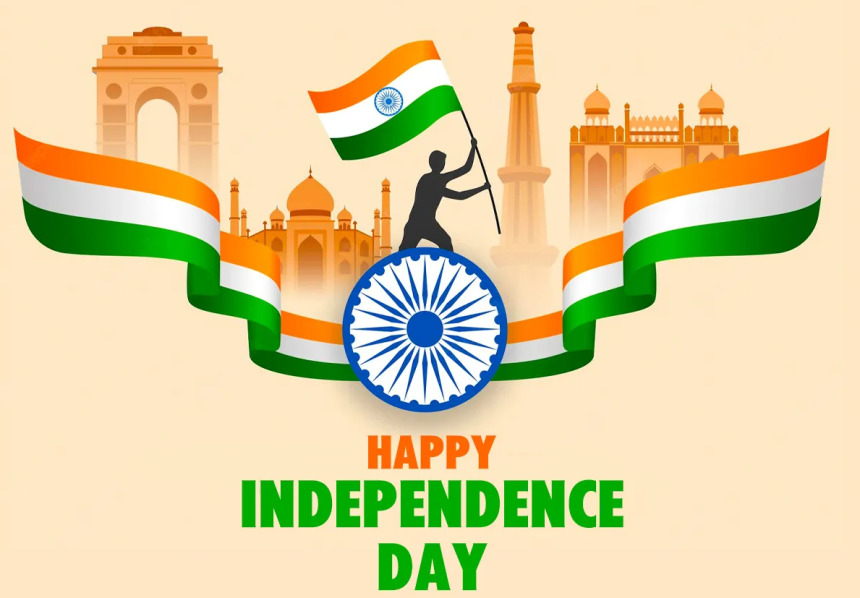
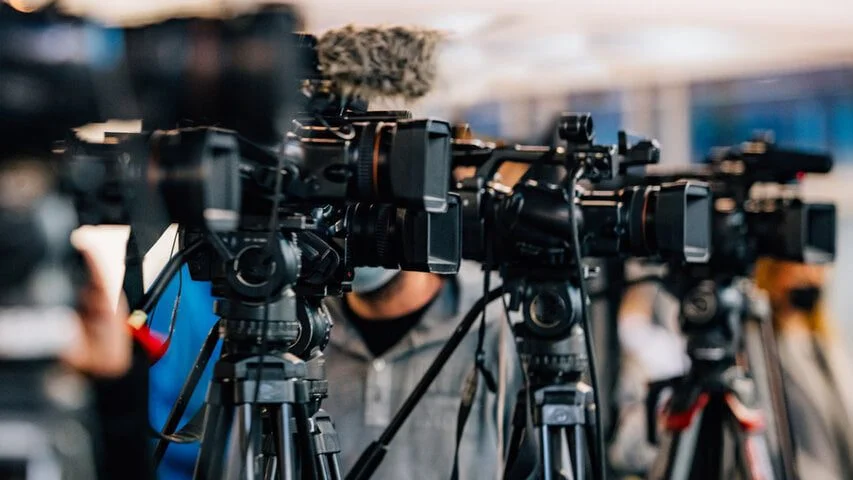
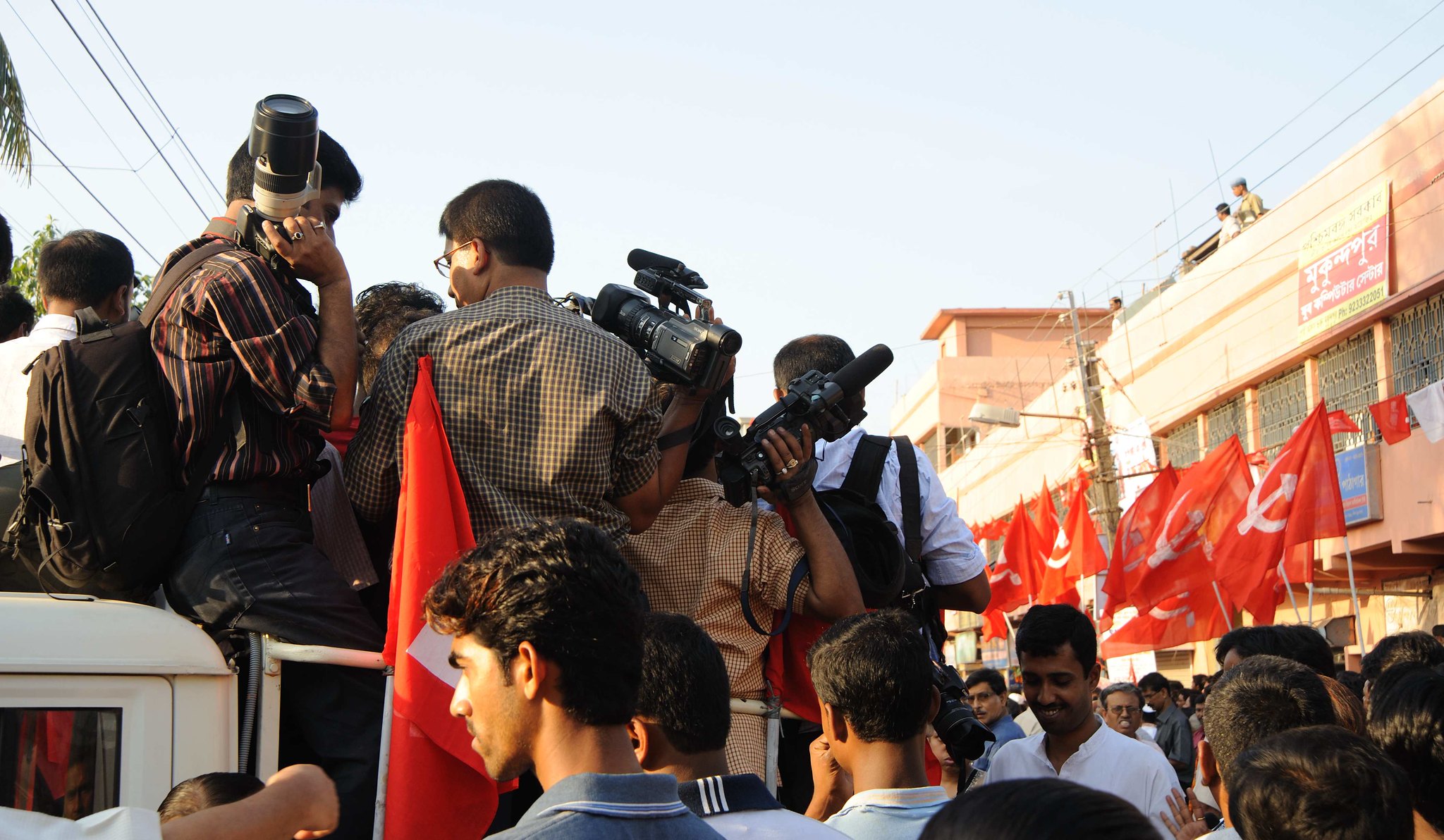




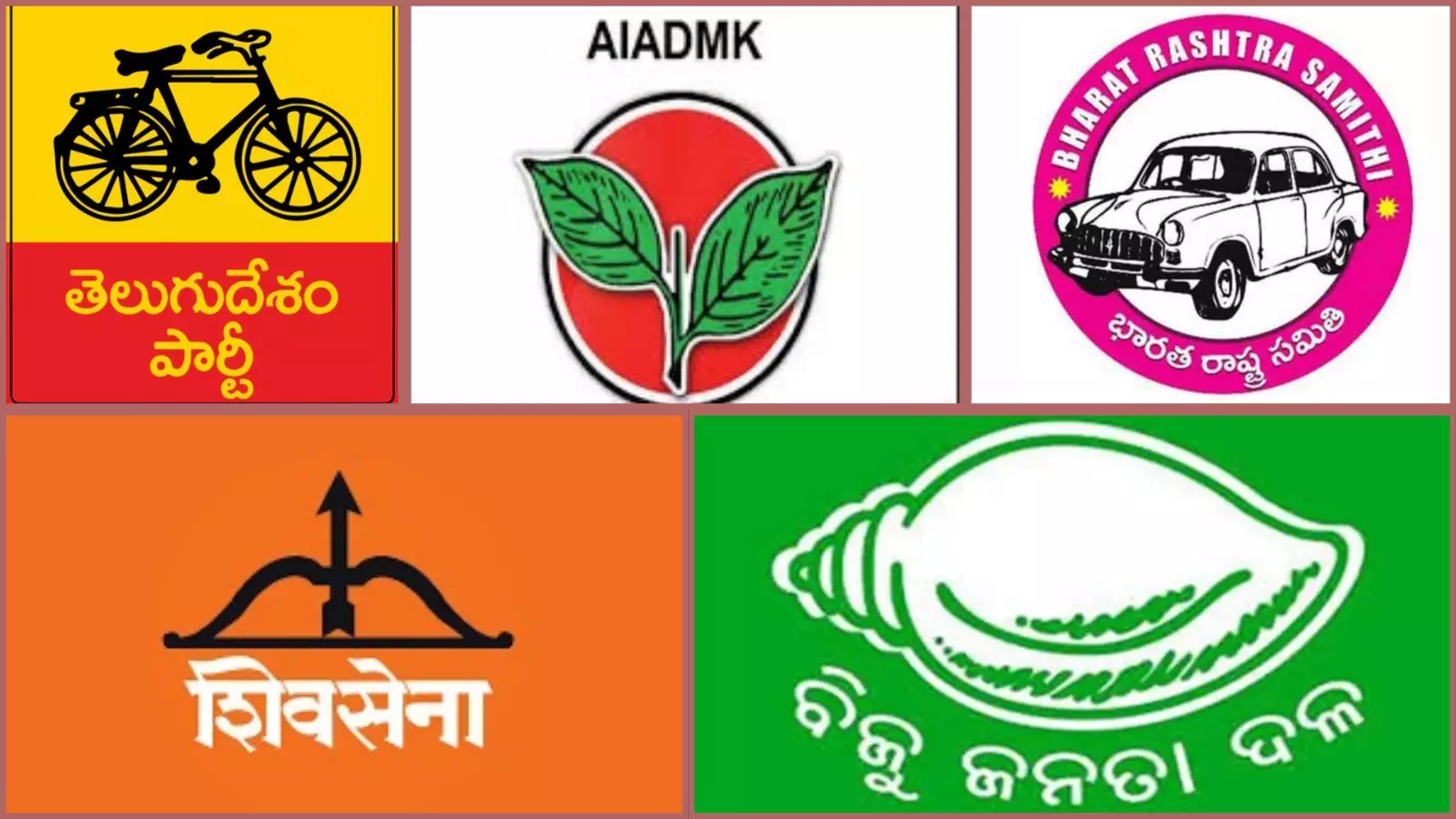

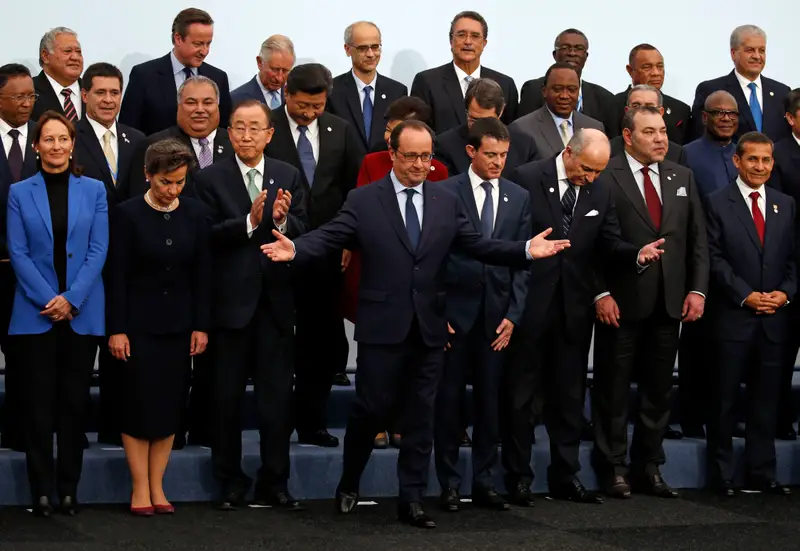
Recent Comments
No comments yet.